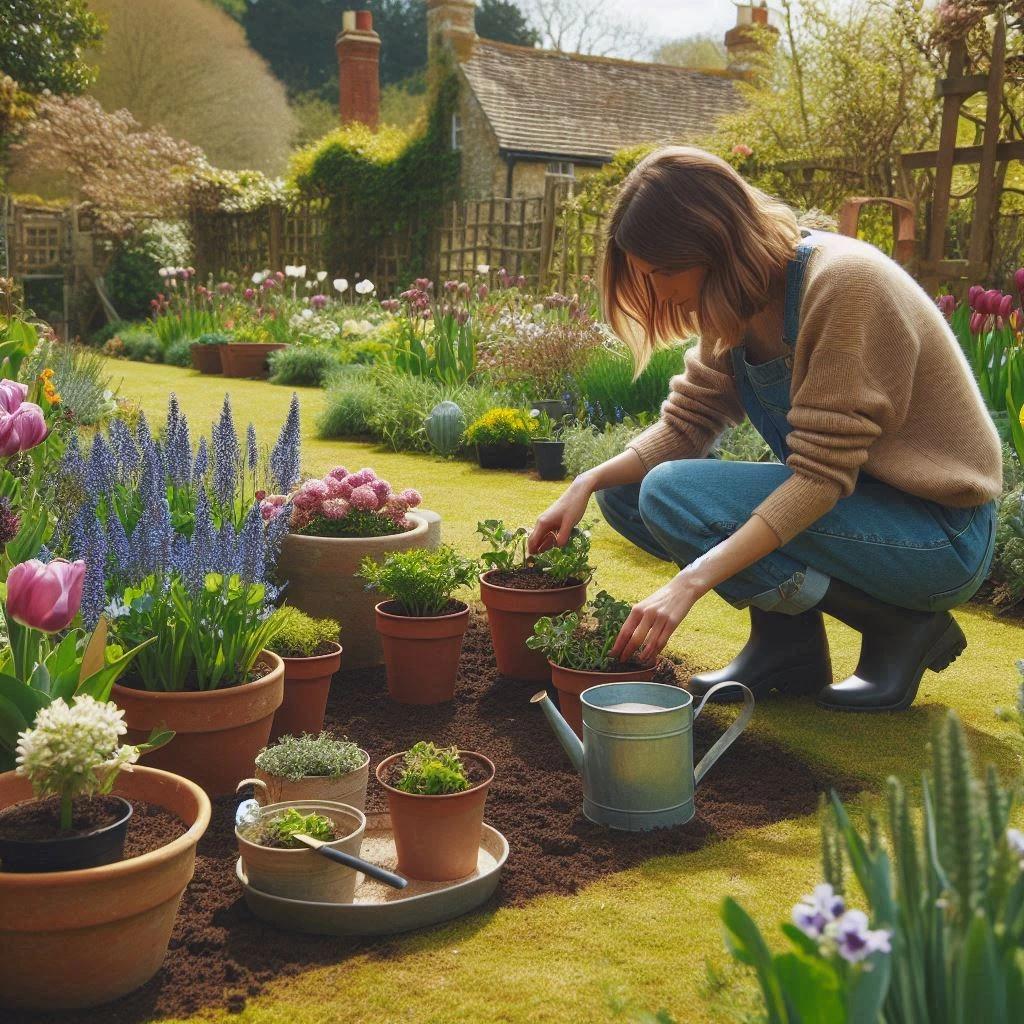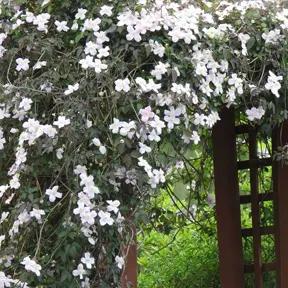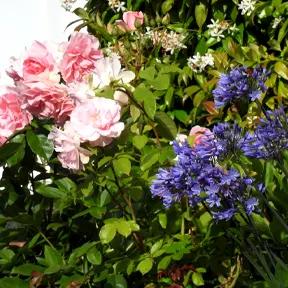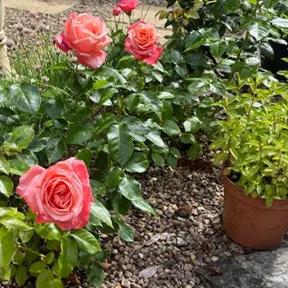White Poplar, Large Trees
- V. vigorous.
- The best poplar for chalky soil.
- Max. Height: 20m
- Bareroot Delivery: Nov-Mar
Recommended extras
Description
Populus alba: Bareroot White / Silver Poplar Trees in Standard Sizes
The White Poplar tree, is the only poplar we grow that will do well on chalky soil. Its great feature is its two-tone leaves, which are glossy green on top and felted with fuzzy white 'hairs' on the underside. When the wind is rippling through them, they remind one of a shoal of fish, catching the sun and going dark as they turn one way and the next.
The mostly white bark is easy to identify, with its darker diamond shaped markings, although the old trees lose the white layer and become deeply ridged, providing shelter for various insects. Older trees sucker freely, making even more homes for small animals.
Male trees have red catkins, and females have pale green catkins.
This is not a tree for a small garden: it is medium-sized, but its roots are real bullies and will make life hard for plants near them. It is a fantastic shelter belt tree.
They reach a height of about 20 metres in the UK; in warmer countries, some trees are closer to 40 metres.
Browse our large garden trees, or all of our trees.
Delivery season: Poplar trees are delivered bareroot during late autumn and winter, approximately November-March inclusive.
Choosing a size: Small trees are cheaper, easier to handle and more forgiving of less than ideal aftercare, so they are best for a big planting project. If instant impact is your priority, or if you are only buying a few plants for use in a place where it is convenient to water them well in their first year, then you may as well use bigger ones. All our bareroot trees are measured by their height in centimetres above the ground (the roots aren't measured).
Features:
- Height: To 25m
- Soil: Ideally moist, but any will do. Needs plenty of sun
- Not suitable for small gardens
- Good for coastal shelter belts
- Bareroot delivery only: November-March
Growing White Poplar
Hardy, wind resistant, and suitable for the coast, the only thing it needs is plenty of sun. It loves a moist to wet soil beside water, but it will grow almost anywhere.
If you prune your trees, they will respond by suckering
Please note: The roots attack old drains and foundations (new build concrete is in no danger), so we advise a safe planting distance of 20 metres from vulnerable structures.
Planting Instructions
Notes on planting White Poplar trees:
Most Poplars won't grow well on chalk, but White poplar is fine with it. To be honest, it really will grow almost anywhere, although it grows best in warmer areas, which includes the West coast of Scotland.
Prepare your site before planting:
It is good to dig over the site where you plant a tree several months in advance. Kill the weeds first: for tough weeds like nettles, brambles and ground elder, you will usually need a weed-killer to get rid of them. When you dig the soil over, remove stones and other rubbish and mix in well rotted compost or manure down to the depth of about 2 spades.
Watch our video on how to plant a tree for full instructions.
Remember to water establishing trees during dry weather for at least a year after planting.
Tree Planting accessories:
Prepare your site for planting by killing the weeds and grass.
You can buy a tree planting pack with a wooden stake & rubber tie to support the tree and a mulch mat with pegs to protect the soil around the base of your tree from weeds and drying out.
We suggest that you use mycorrhizal "friendly fungi" on the roots of all newly planted large trees: if your soil quality is poor, we strongly recommend it.
You can also improve your soil with bonemeal organic fertiliser.
Did You Know?
Naturalised across Britain for centuries, though its true native range is from warmer parts of Europe to Central Asia. They were created by Hades from the remains of the nymph Leuce.
Other common names: Abbey, abele, Dutch beech, white asp / aspen.
Standard trees are measured by their girth in centimetres 1 metre above ground level: their trunk's waist measurement. Unlike sapling trees and hedge plants, standards aren't measured by their height, which will vary quite a bit both between and within species.
So, a 6/8cm standard tree has a trunk with a circumference of 6-8cm and an 8/10 standard has a trunk 8-10cm around. This measurement makes no difference to the tree's final height.
On average, standard trees are 2-3.5 metres tall when they arrive, but we cannot tell you precisely how tall your trees will be before we deliver them.
It's Summer Planting Season 2025

Pot Grown & Plug Plants Delivered

Direct from the Nursery Value

No more broken plants in the post!


.webp)
.webp)




